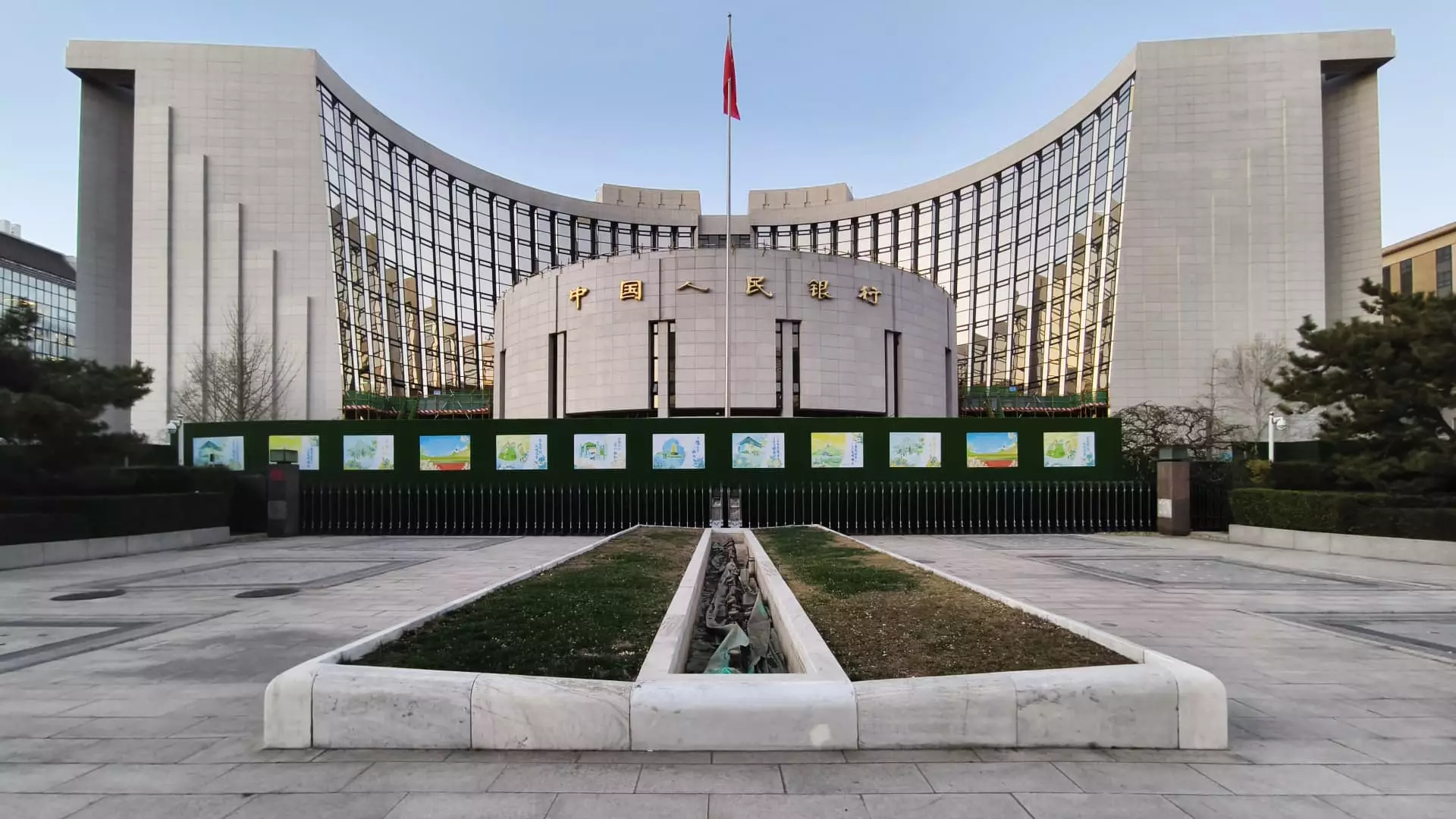In a landscape marked by uncertainty, China’s decision to maintain its main benchmark lending rates serves as a reflection of the delicate balance the government is striving to achieve between stimulating economic growth and managing currency stability. As the People’s Bank of China (PBOC) announced on a recent Friday that the one-year loan prime rate (LPR) would remain at 3.1% and the five-year LPR at 3.6%, economists and market analysts alike recognized this move as a strategic pause in the context of a rapidly shifting global economic environment.
The implications of keeping the LPRs steady are significant. The one-year LPR primarily influences the cost of corporate borrowing and household loans while the five-year rate serves as a benchmark for mortgage rates. By choosing not to adjust these rates, the PBOC appears to signal confidence in existing monetary policy while simultaneously navigating external pressures, particularly from the United States. Following the U.S. Federal Reserve’s anticipated 25-basis-points rate cut, the Chinese central bank’s decision reflects a cautious approach, suggesting that while there is room for policy adjustments, the timing and magnitude of such changes require careful consideration.
The interconnectedness of global economies means that movements in U.S. monetary policy have a direct influence on China’s economic strategies. Analysts observed that the Federal Reserve’s revised forecast, projecting only two rate cuts in 2025 instead of four, may not drastically alter the PBOC’s approach. However, it does introduce an additional layer of complexity to the situation. Farzin Azarm, a trading executive, highlights that fluctuations in U.S. interest rates could indirectly pressure the Chinese yuan, which has been under strain in recent years. The reluctance of the PBOC to intervene directly in the currency market raises questions about the long-term strategy for the yuan, suggesting that stabilization may involve letting market forces play a more pronounced role.
China’s economic landscape is fraught with challenges, not least of which includes persistent deflation and lackluster consumer demand. Despite the government’s efforts to stimulate the economy—culminating in various fiscal and monetary measures—the data reveals a troubling trend: entrenched deflation coupled with an ongoing slump in the property market. As China’s leaders convened for high-stakes meetings earlier this month, promises were made to enhance monetary easing measures, yet the effectiveness of these initiatives has come into question amid evolving economic conditions. The combination of rising tariffs and global economic uncertainty, particularly in light of the U.S. trade policy, adds to the strain on China’s economic fabric.
Looking ahead, experts suggest that a substantial fiscal response may be more crucial than further cuts to interest rates. According to Yan Wang, chief strategist at Alpine Macro, while the PBOC does have room to maneuver within the context of monetary policy adjustments, leveraging fiscal measures may ultimately play a more significant role in stimulating growth in the coming year. The assertion that a focus on fiscal policy could yield more immediate benefits resonates with a growing consensus that monetary policy, in isolation, may not suffice in reversing the current economic stagnation.
The Chinese government’s decision to maintain current lending rates amidst a landscape of global economic pressures highlights both the challenges and considerations facing policymakers. As Beijing navigates these turbulent waters, the focus on maintaining stability—both in market confidence and currency valuation—is paramount. The interplay of U.S. monetary policy with China’s economic variables underscores the necessity for a multifaceted approach that leverages both fiscal and monetary tools to effectively address the challenges ahead. The coming months will likely reveal whether such strategies can yield the desired outcomes in an increasingly interconnected economic climate.



Leave a Reply